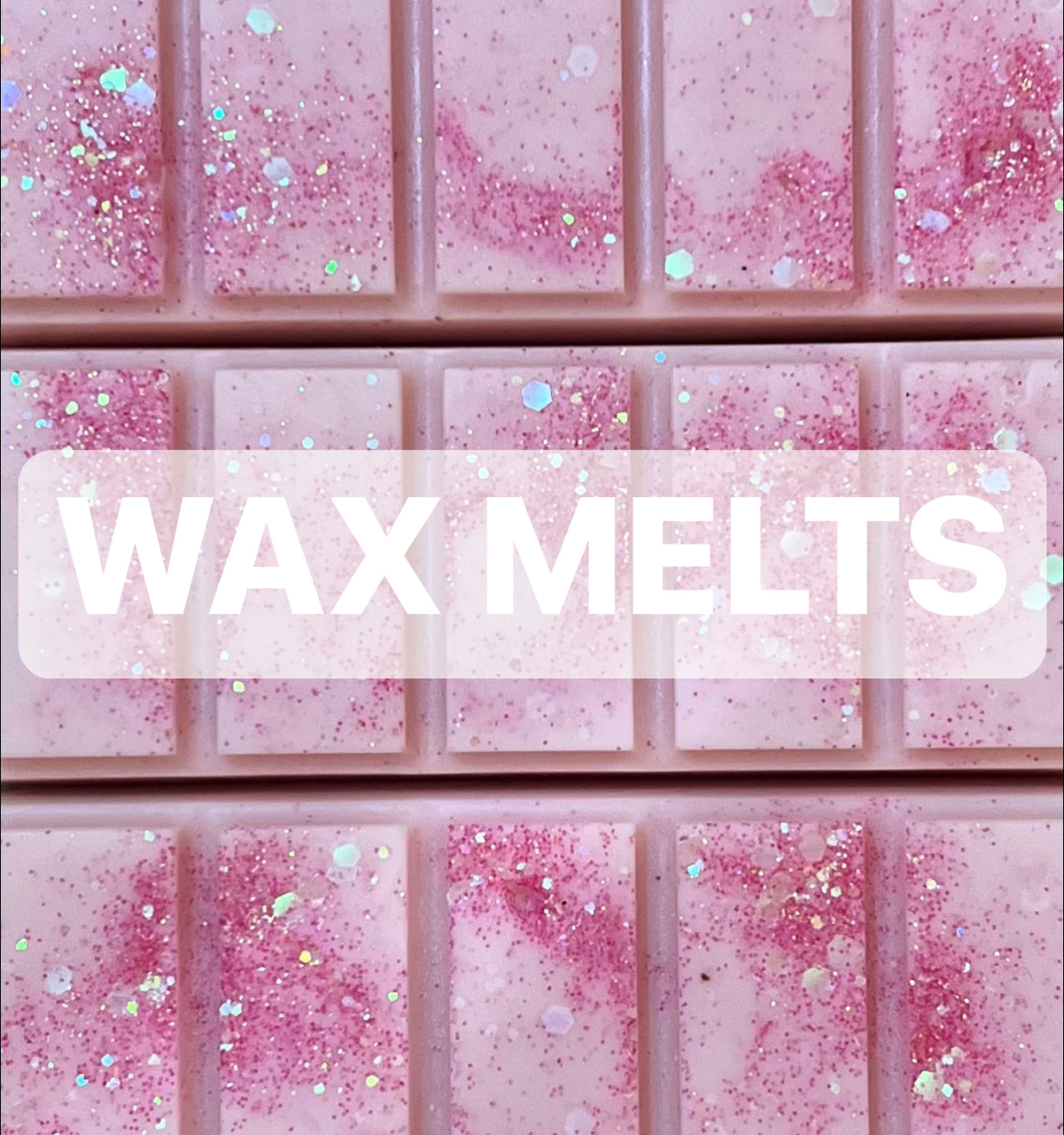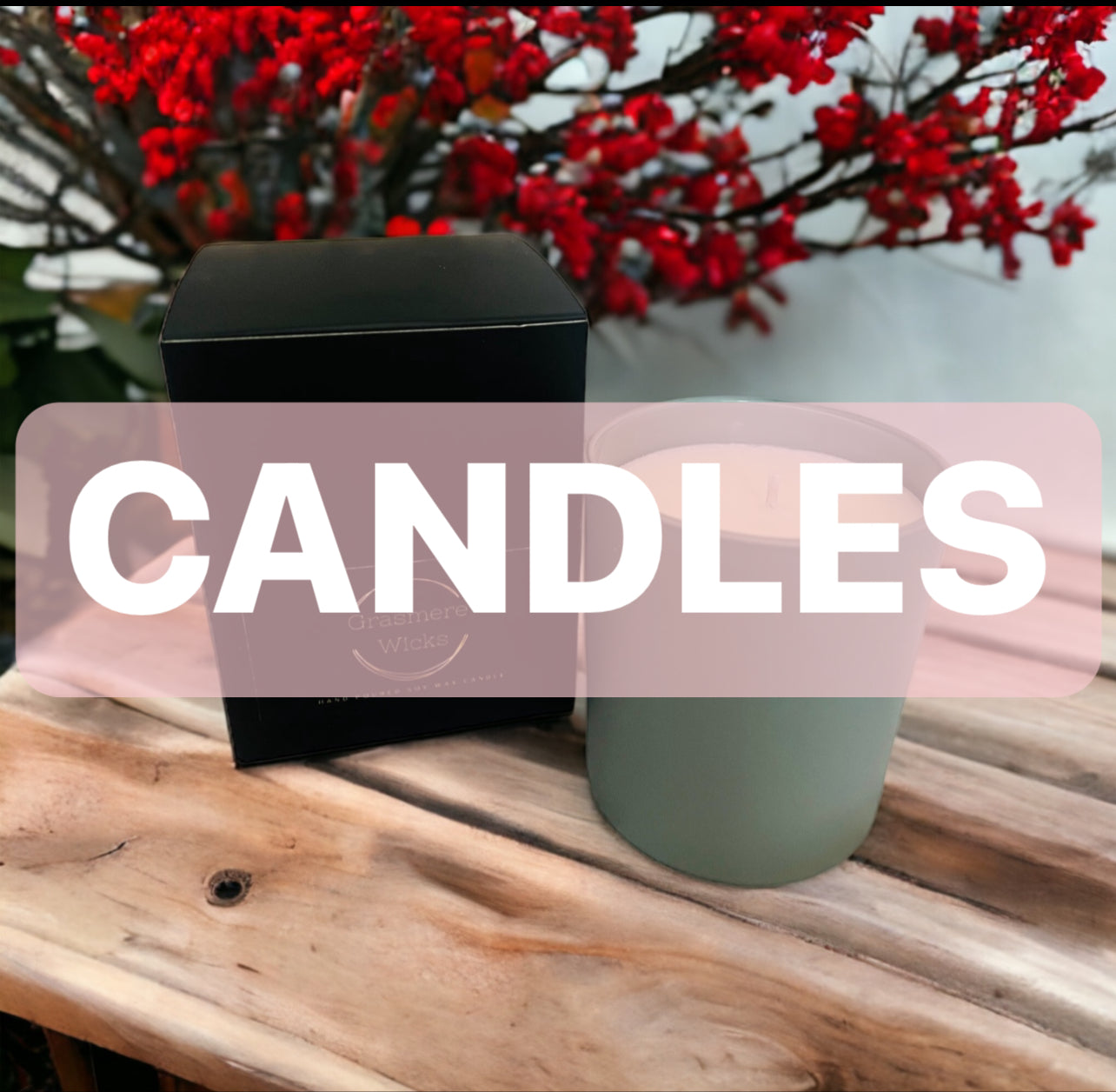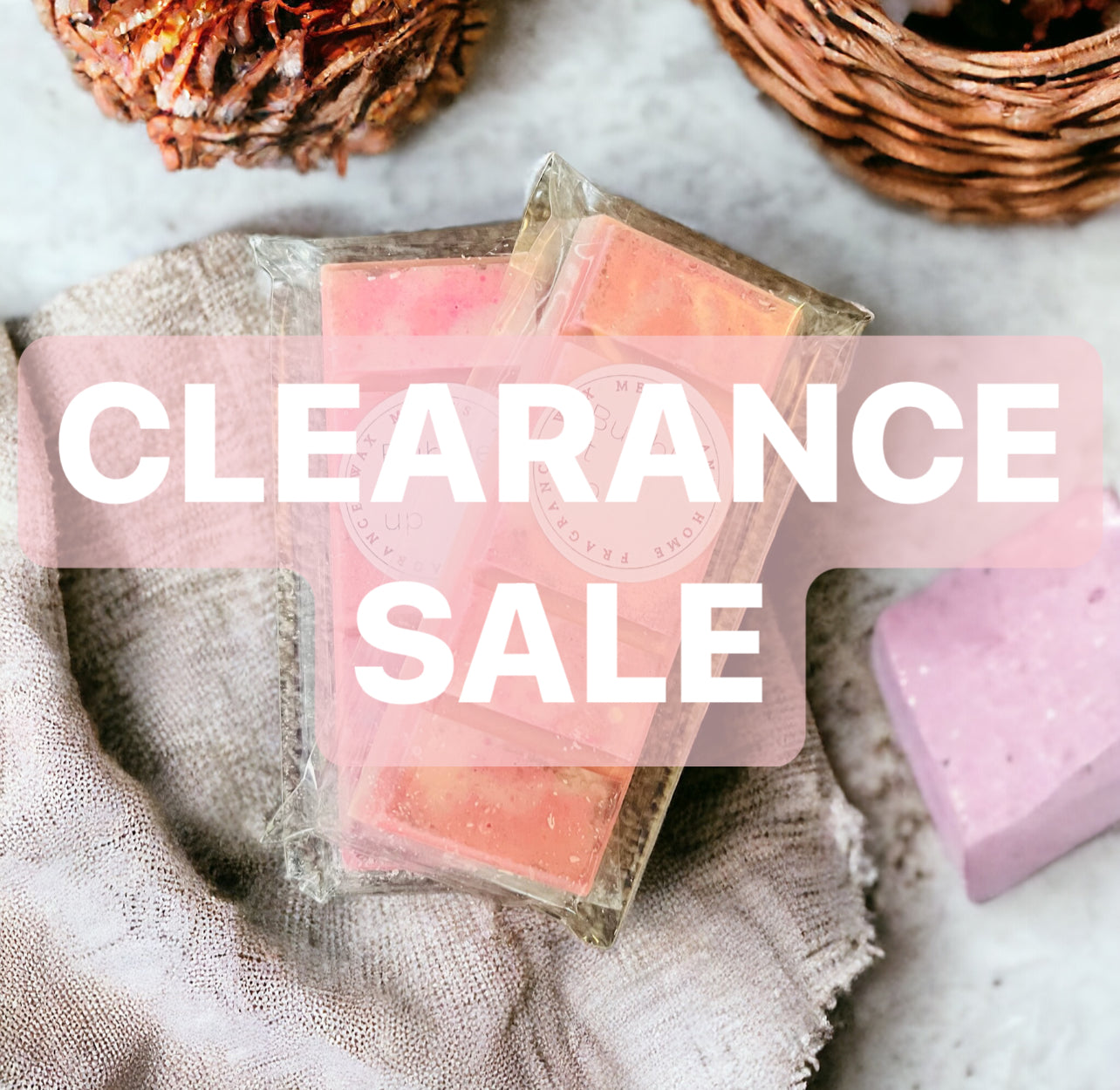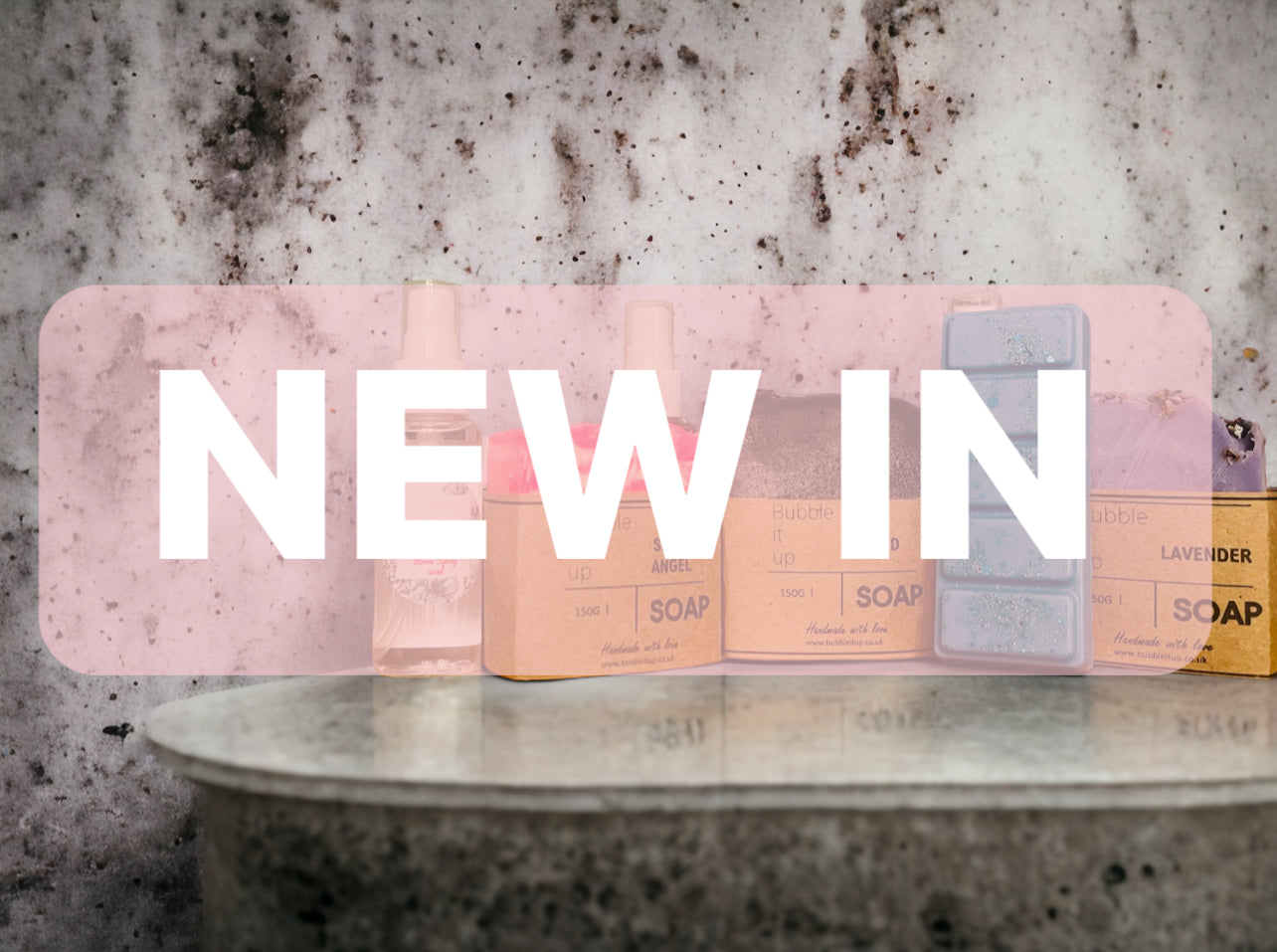Bubble it up - Luxury Soap, Wax Melts & Home Fragrance
We are a small business based in the UK who offer a range of home fragrance & bath/shower products. We take pride in our work and ensure every product has passed a quality check before leaving us. We are a family run business, providing quality products. Our ranges are always expanding every month to bring new and exciting products that we hope you enjoy as much as us!
Discover the Magic of Our Products.
-
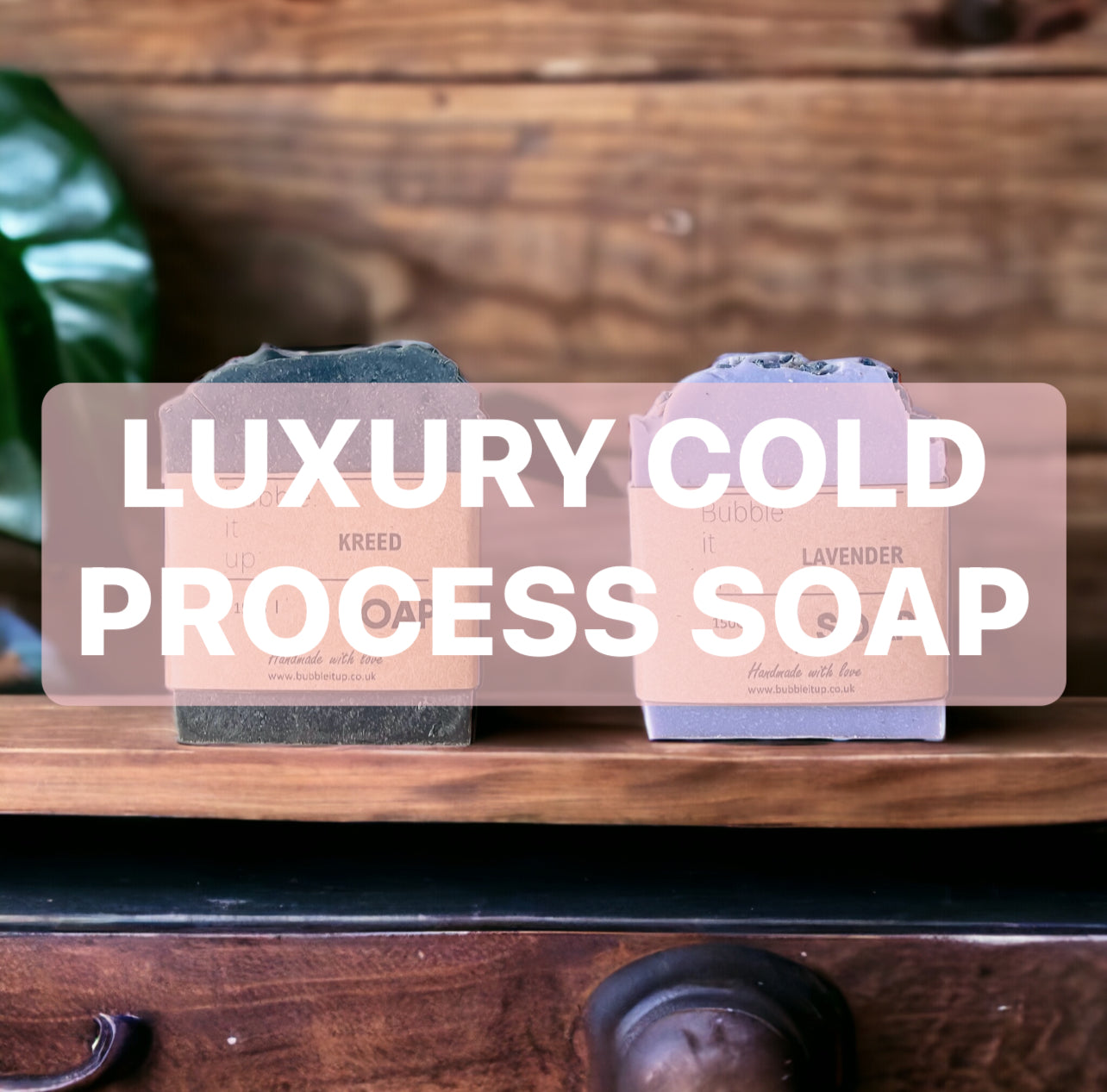
Luxury Cold Process Soap
A collection of fabulously eco-friendly and gorgeous smelling natural, zero-waste hand crafted...
-
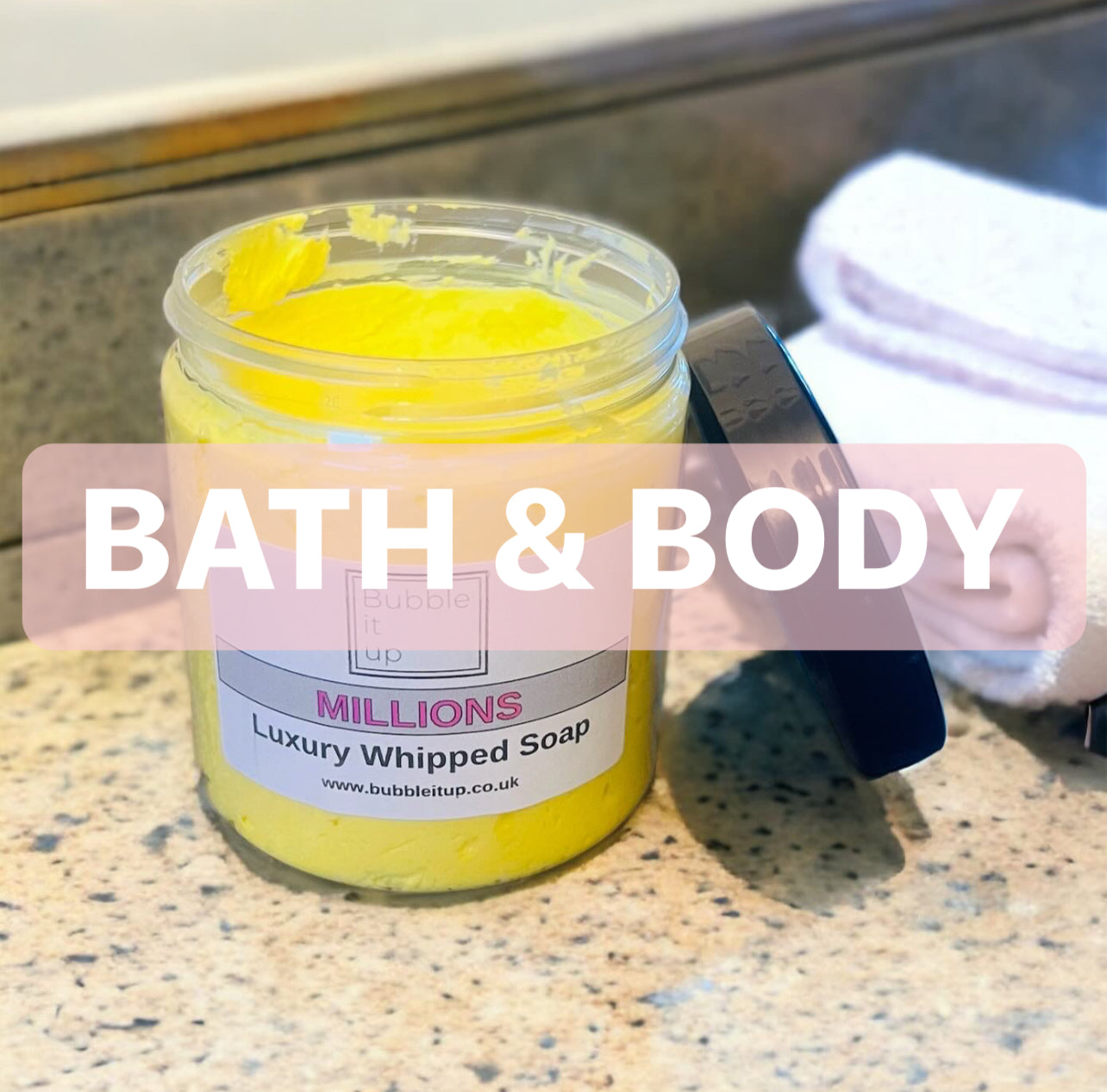
Bath & Body
Pamper yourself with our rich body butters, bars of soap and more....
-
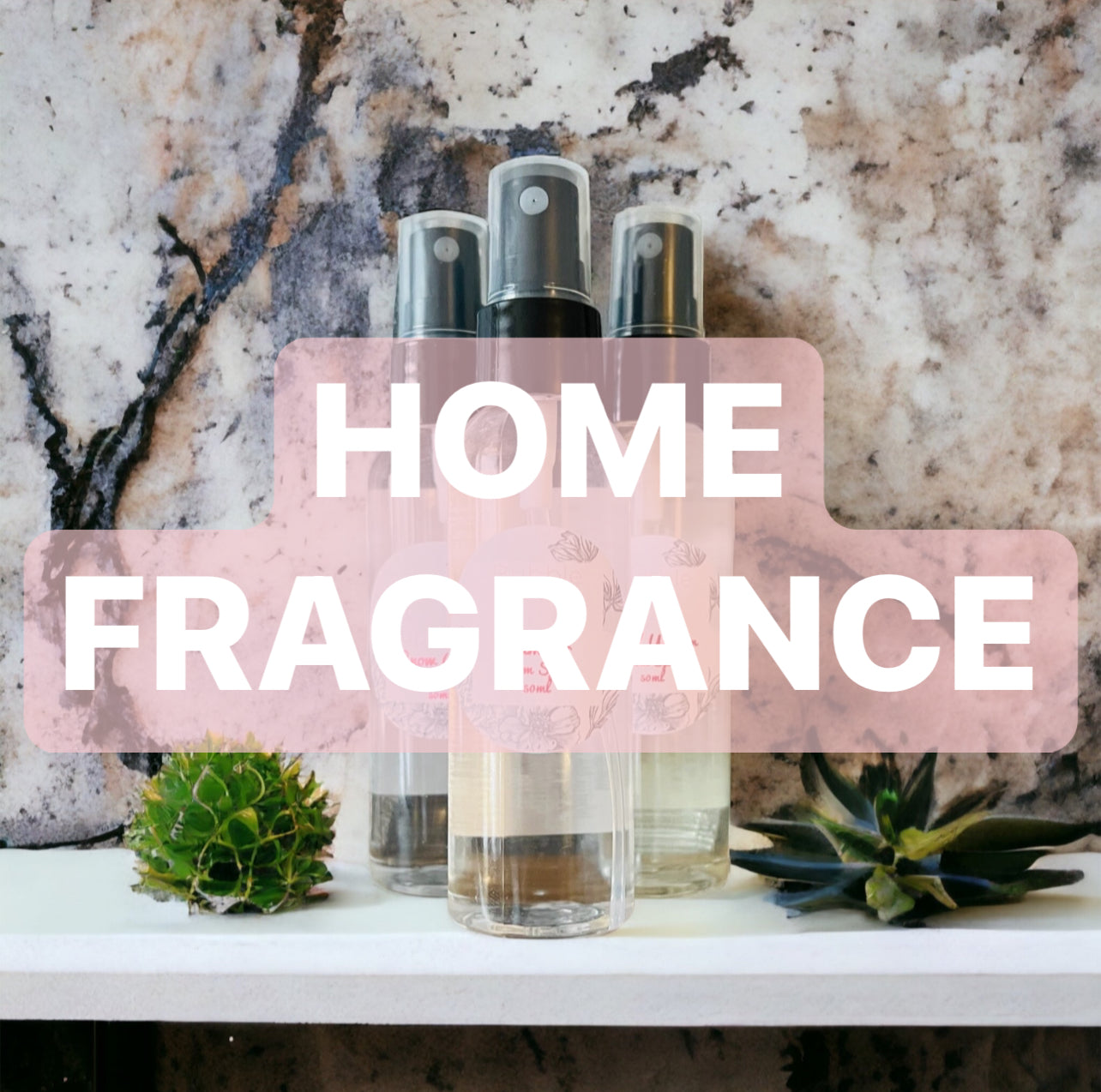
Home Fragrance
If you want a home that smells as good as it looks,...
-
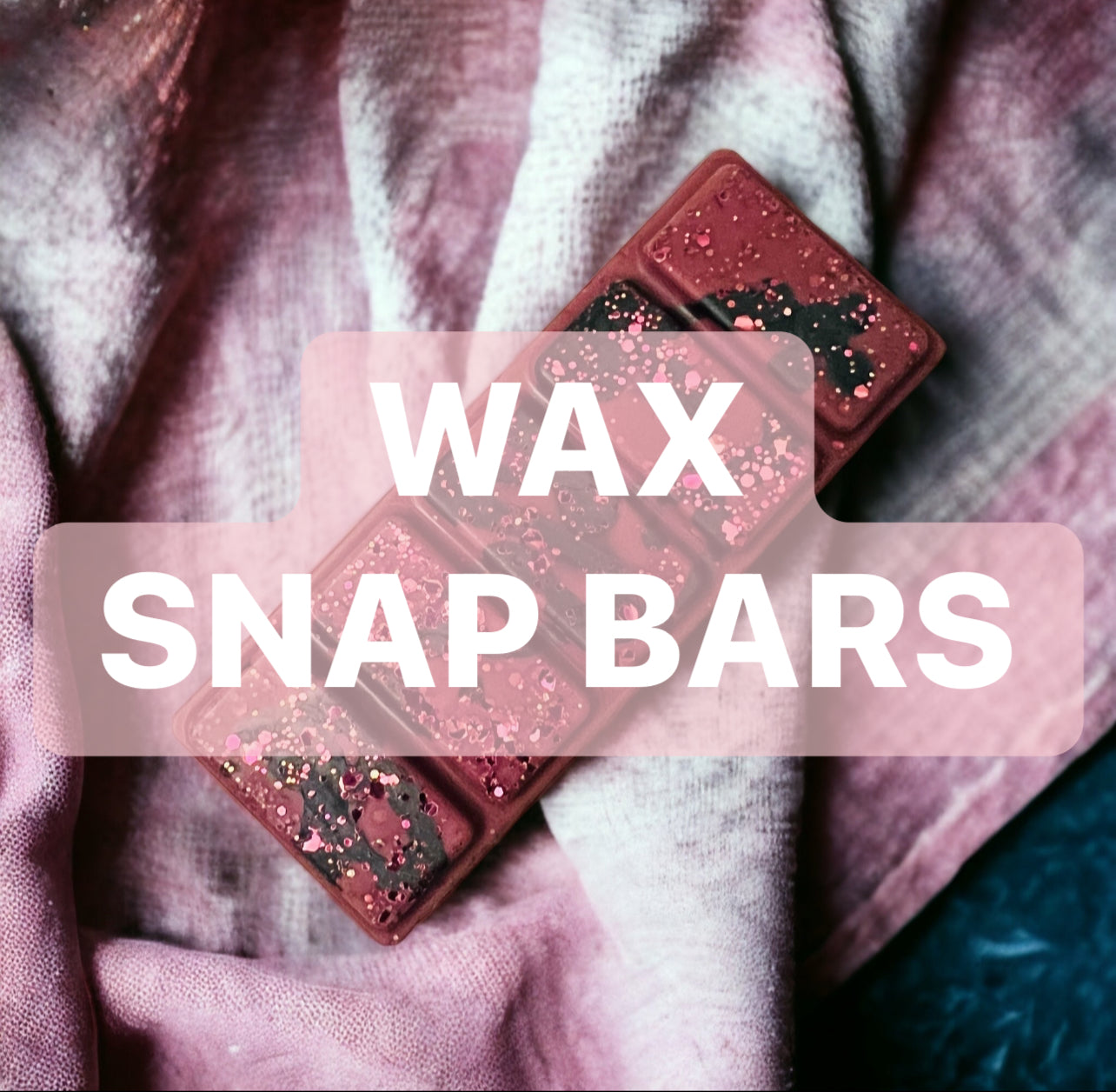
Wax Snap Bar's
Our wax melt snap bars fill your home with your favourite fragrances....
-
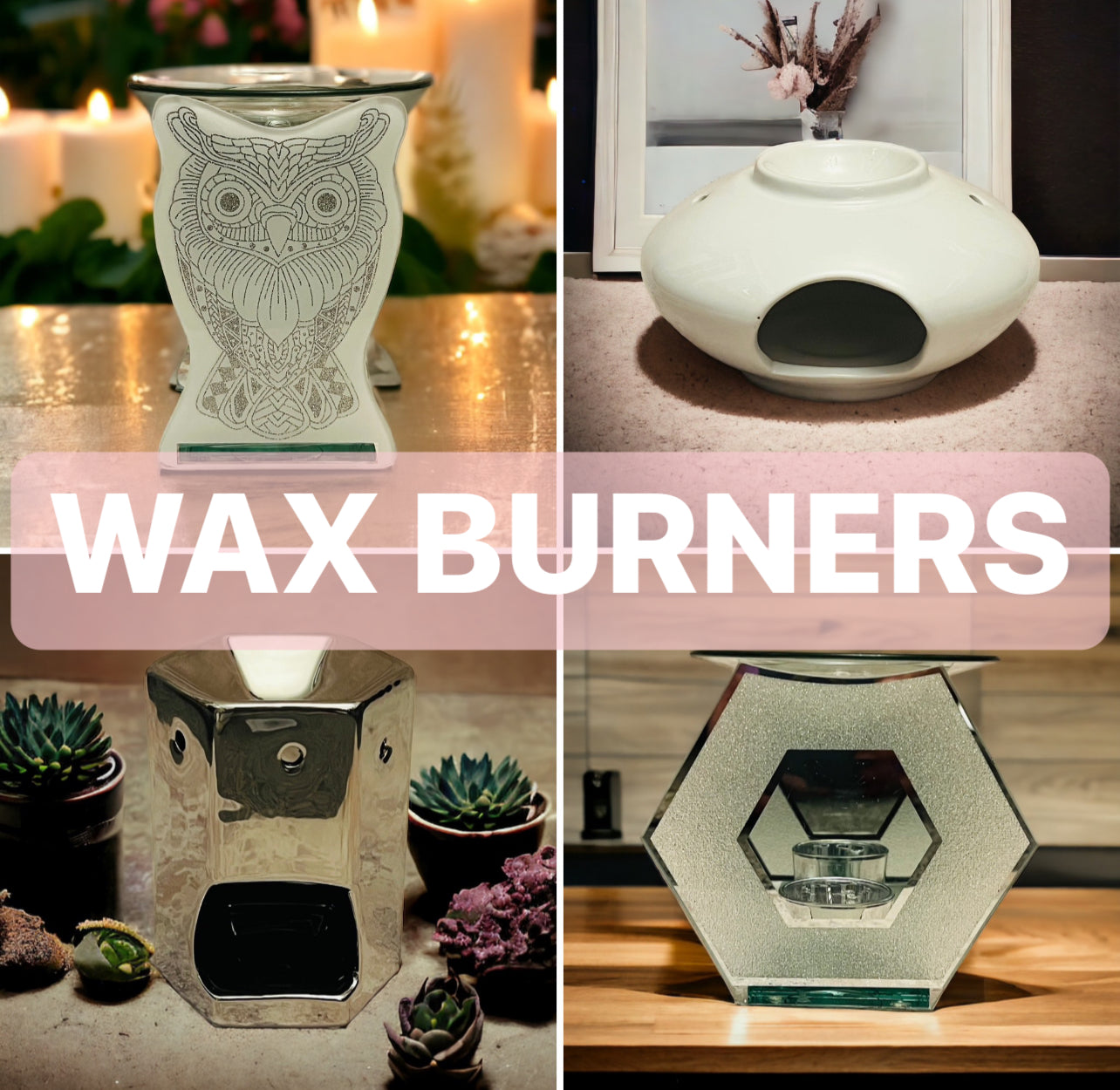
Wax Burner’s
Bring the magic of your favorite spa scents home with our wax...
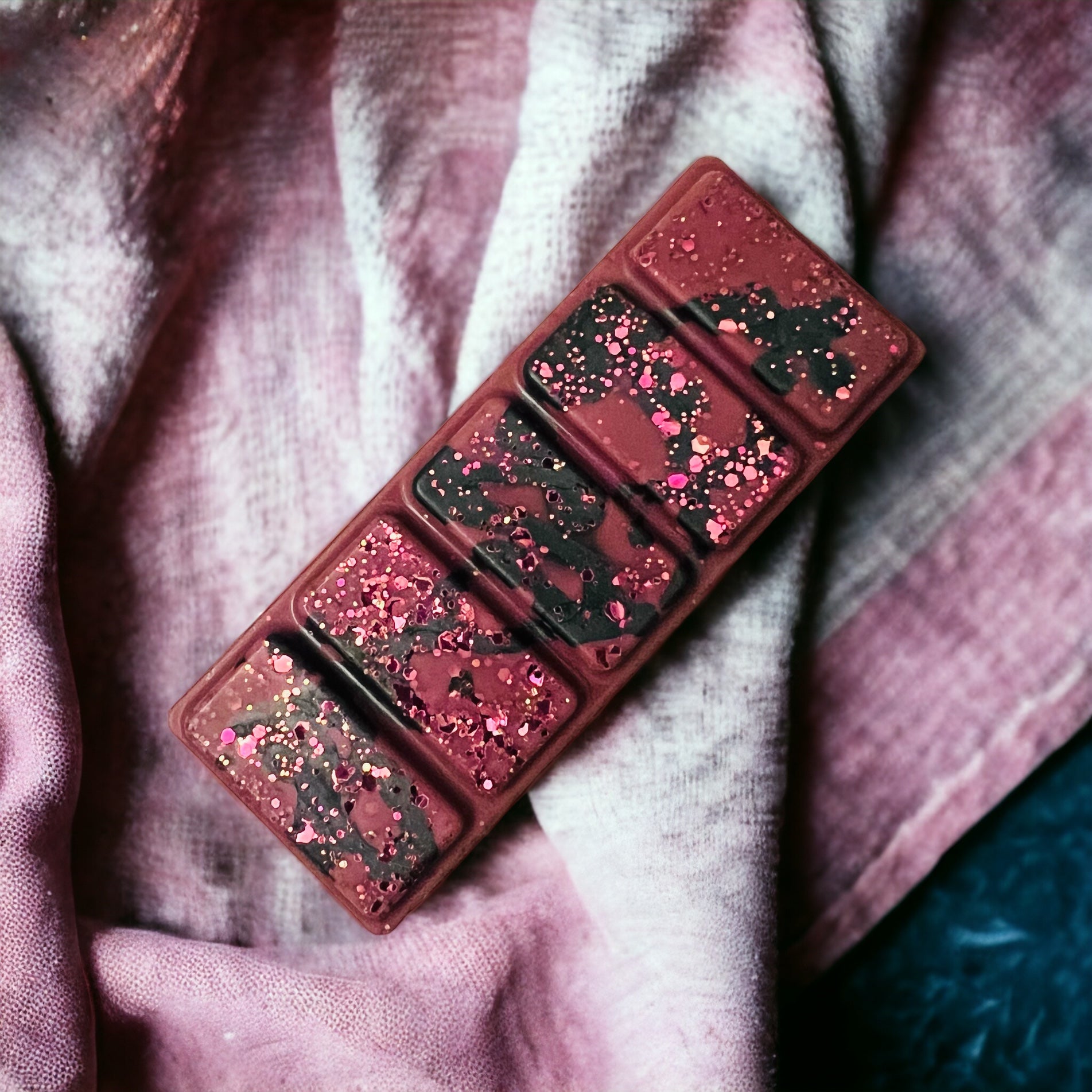
Wax Snap Bars
our hand poured wax snap bars are full of fragrance and will leave your home smelling fresh for hours.
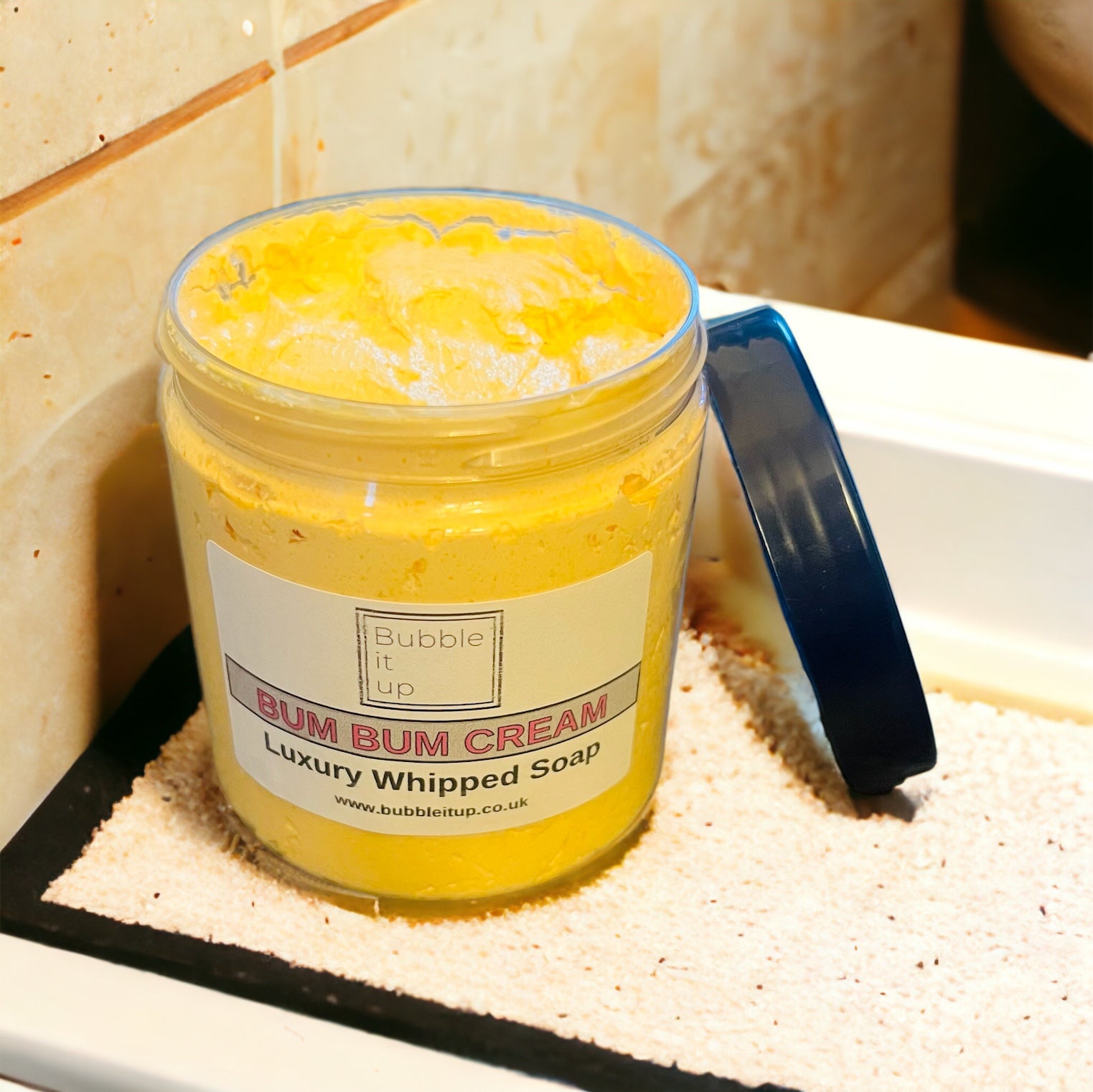
Bath & Body
A range of Luxury Bath & Body products. Bars of Soap, Body Butters, Whipped soap and Body scrubs
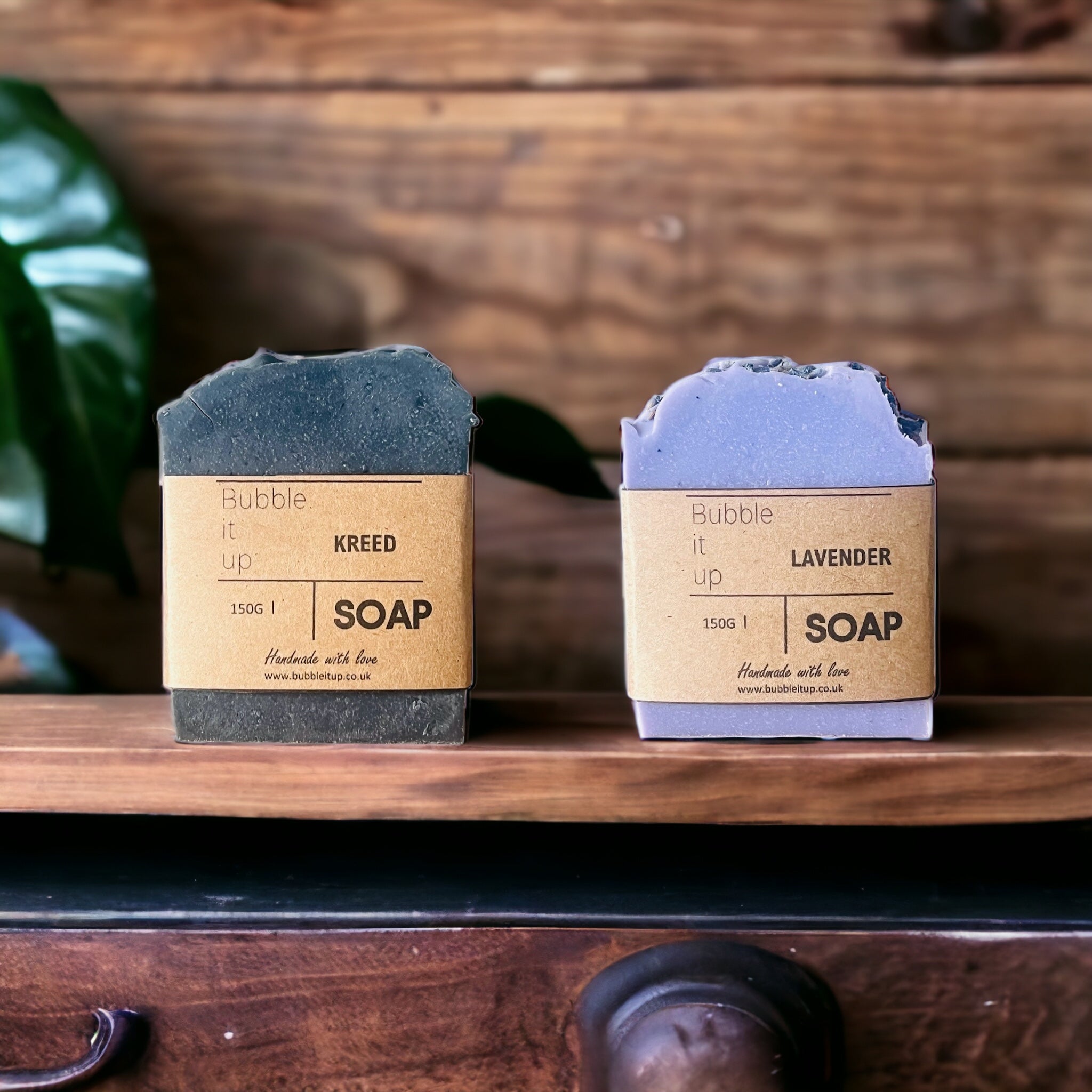
Cold Process Soap Bars
Handmade Luxury cold process soap. Blended oils and butters to create exfoliating bars of soap
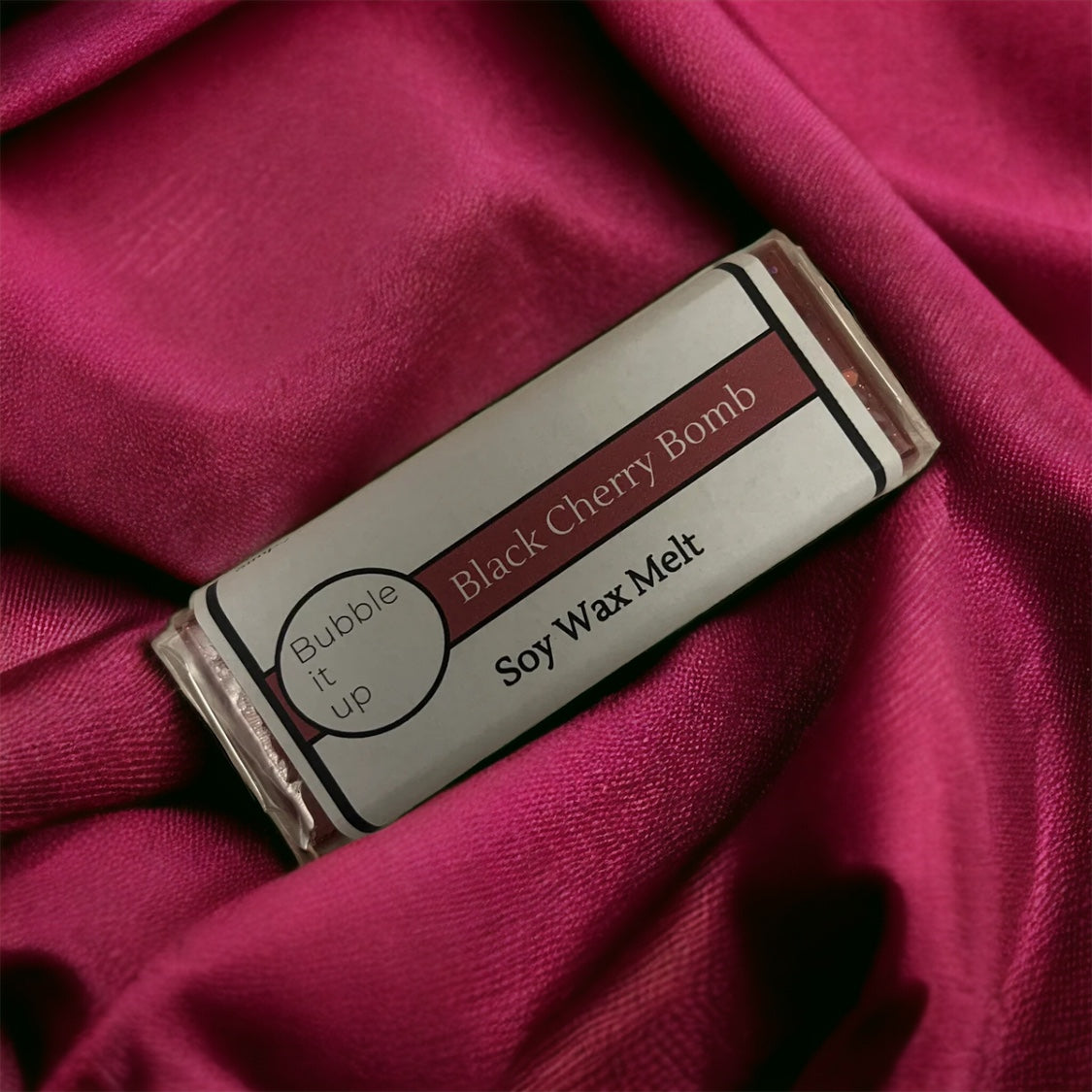
Why our Soap's?
What's the best way to keep your skin soft and youthful looking? By investing in quality soap that helps keep your skin hydrated and soothed.
‘Bubble it up’s’ cold process soap is just that kind of soap. It contains nourishing ingredients that help leave your skin feeling comfortable and protected, while also providing deep-cleaning effects. Specially formulated with natural moisturizing factors, this soap cleanses your skin effectively without drying it out. And with its luxurious formula, your skin will feel silky soft and smooth after every use.
Pick up one of our perfectly made bars of soap today and experience the difference quality soap can make!
Still not convinced…
Here's some History of soap making
Cold process soap making is an age-old technique that involves combining oils and lye to create a natural and versatile cleansing product. This method has been used for centuries, with its roots dating back to ancient civilizations. Today, cold process soap making remains a popular hobby and artisanal craft, producing soaps that are highly sought after for their natural ingredients, unique designs, and gentle properties. In this article, we delve into the history of cold process soap making, explore its benefits, and offer an overview of the basic process to create these luxurious, handmade bars.
The origins of soap making can be traced back to the Babylonians around 2800 BCE. The earliest recorded recipes combined animal fats, water, and ashes, which contained potassium hydroxide (an alkali similar to lye). Throughout history, various civilizations, including the Egyptians, Greeks, and Romans, developed their own methods and formulas for soap making.
Cold process soap making, as we know it today, began to take shape in the late 18th century with the discovery of sodium hydroxide (lye). The use of lye allowed for a more controlled reaction, resulting in a higher-quality, longer-lasting soap.
Cold process soap making offers a range of benefits that set it apart from commercially produced soaps:
- Natural ingredients: Handmade cold process soaps use natural oils, butters, and additives, which can provide various skin benefits, such as moisturization, gentle exfoliation, and soothing properties.
- Customization: The process allows for a high level of creativity, enabling soap makers to tailor their recipes, scents, and designs to suit individual preferences or address specific skin concerns.
- Eco-friendly: Cold process soap making typically generates less waste than commercial soap production, and the use of natural, biodegradable ingredients is more environmentally friendly.
- Gentle on the skin: Cold process soaps are usually free of harsh chemicals and detergents, making them suitable for sensitive skin types and less likely to cause irritation.
Cold process soap making involves four essential steps:
- Preparing the lye solution: Carefully mix water (or another liquid) with lye (sodium hydroxide) to create a solution. Lye is caustic and requires careful handling, including wearing protective gear such as gloves and goggles.
- Combining oils and fats: Melt and combine various oils and fats, such as coconut oil, olive oil, and shea butter, which will provide the base for your soap. These ingredients contribute different properties to the final product, such as lather, hardness, and moisturizing effects.
- Mixing the lye solution and oils: Slowly pour the lye solution into the oils and stir until the mixture reaches a stage called "trace." Trace is the point at which the mixture has thickened enough to leave a visible trail when drizzled across the surface.
- Molding and curing: Pour the soap mixture into a Mold and allow it to harden for 24-48 hours before removing it from the Mold. Then, let the soap cure for 4-6 weeks, during which time excess water will evaporate, and the soap will become milder and longer lasting.
Cold process soap making is a fascinating and rewarding craft that combines artistry, science, and a connection to the natural world. With its rich history, numerous benefits, and versatile creative potential, it's no wonder that cold process soap making continues to captivate both hobbyists and professional artisans alike. Cold process soap making makes the perfect Bar of soap.
Still have a question about our soaps and other products? Drop us a quick message and we will be in touch in a day or so to see what we can do.




